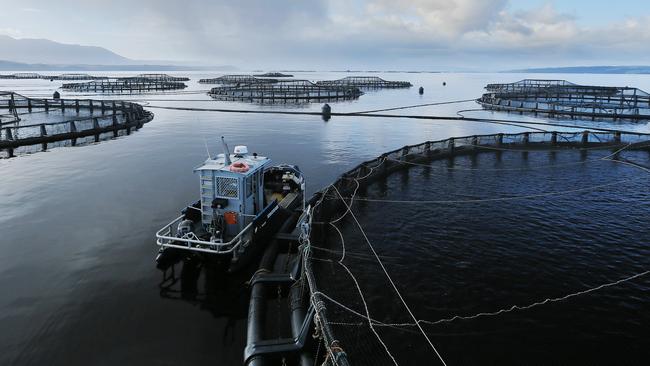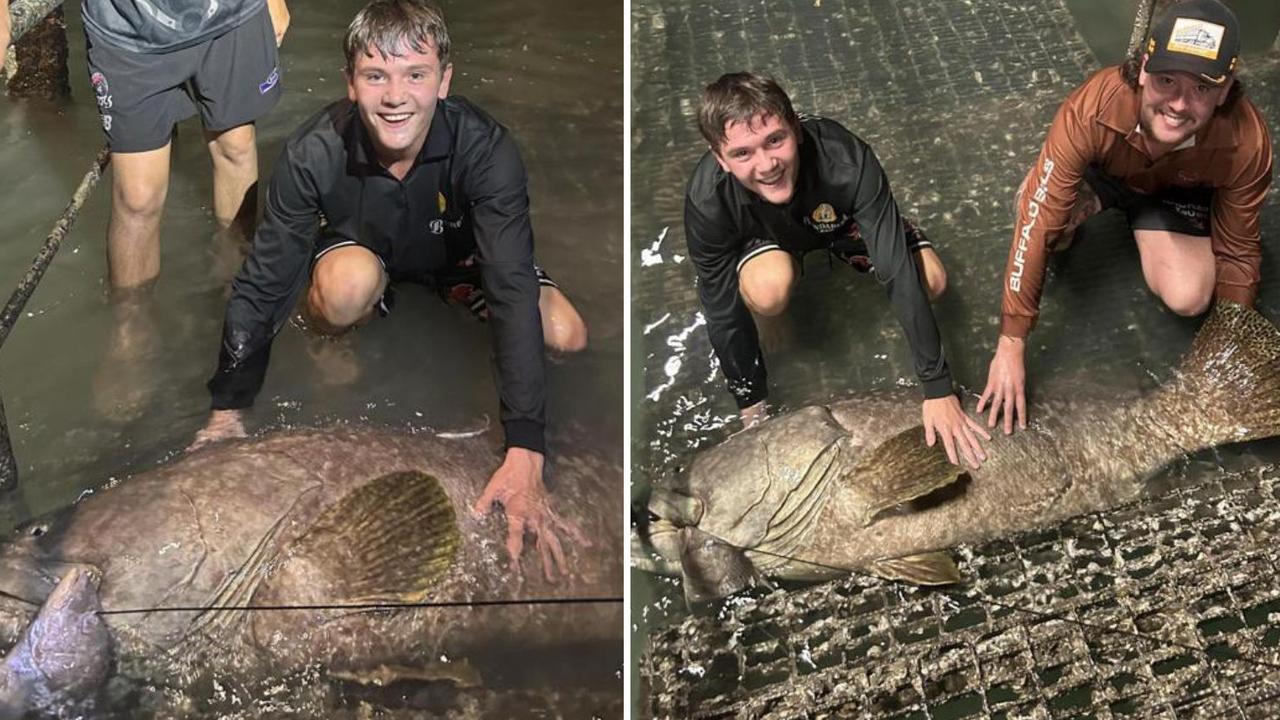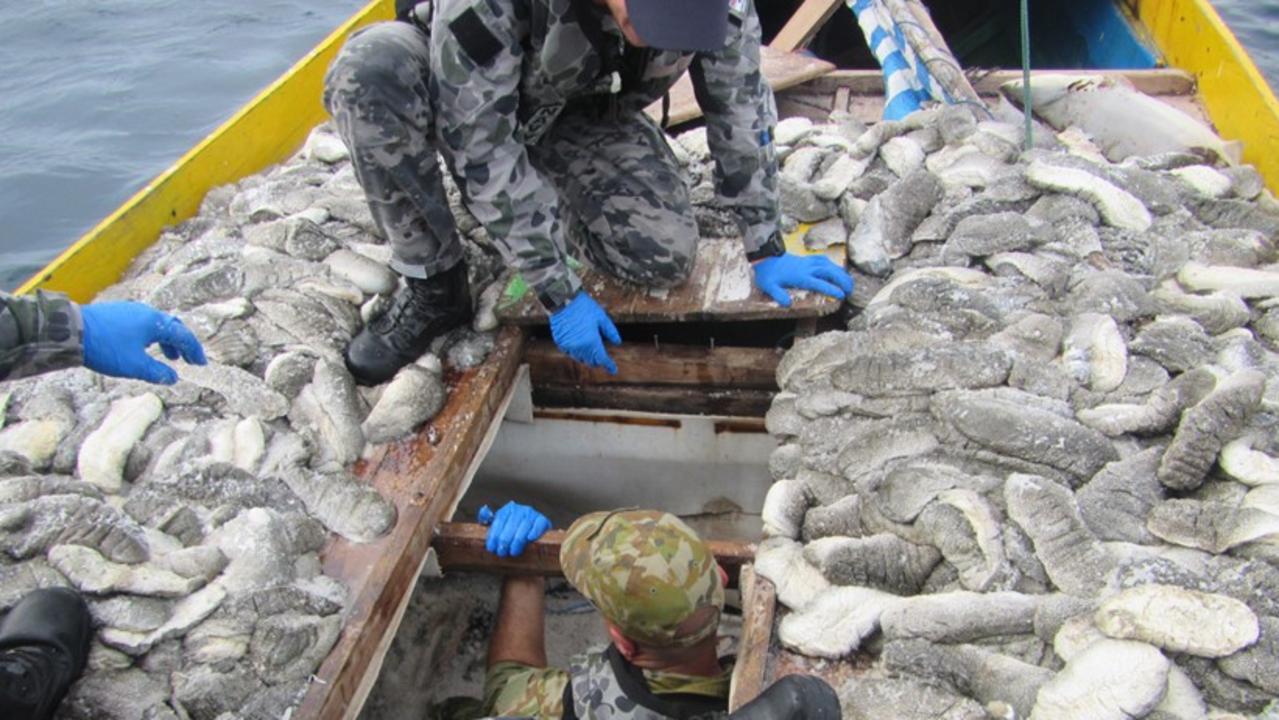Spotlight on water at Tasmania’s fish farms
OXYGEN levels in the water at salmon giant Tassal’s Macquarie Harbour fish farm could again drop to critically low levels this spring, scientists warn

Fishing
Don't miss out on the headlines from Fishing. Followed categories will be added to My News.
OXYGEN levels in the water at salmon giant Tassal’s Macquarie Harbour fish farm could again drop to critically low levels this spring, scientists warn.
The Institute of Marine and Antarctic Studies is currently monitoring conditions at the bottom of the harbour to best determine its long-term management.
Surveys earlier this year showed oxygen levels had improved since falling to a “critical” level last spring and the number of seabed organisms was increasing.
“Over summer and winter the oxygen levels were better than what they were last year,” project leader Jeff Ross said.
“While these observations are encouraging, oxygen levels in the middle of the water column remain very low and bottom waters are decreasing with the onset of spring.
“There is still the potential for dissolved oxygen levels to return to critically low levels.”
In late 2016, Tassal was ordered by the Environment Protection Authority to destock one of its leases after IMAS found a major deterioration in sediment conditions around salmon farms in the harbour as well as low oxygen levels. Dr Ross said the latest data showed oxygen saturation was about 10 per cent in the harbour’s southern and deeper waters.
“When you start getting into single figures you’re then reaching a critical threshold for a lot of the animals that live in the sediment,” he said.
Environment Tasmania has reiterated its calls for the EPA to force Tassal to reduce the amount of salmon held in the harbour’s pens.
“The fact that dead zones in the Tasmanian Wilderness World Heritage Area have not recovered means the Tasmanian government must act,” Environment Tasmania strategy director Laura Kelly said.


